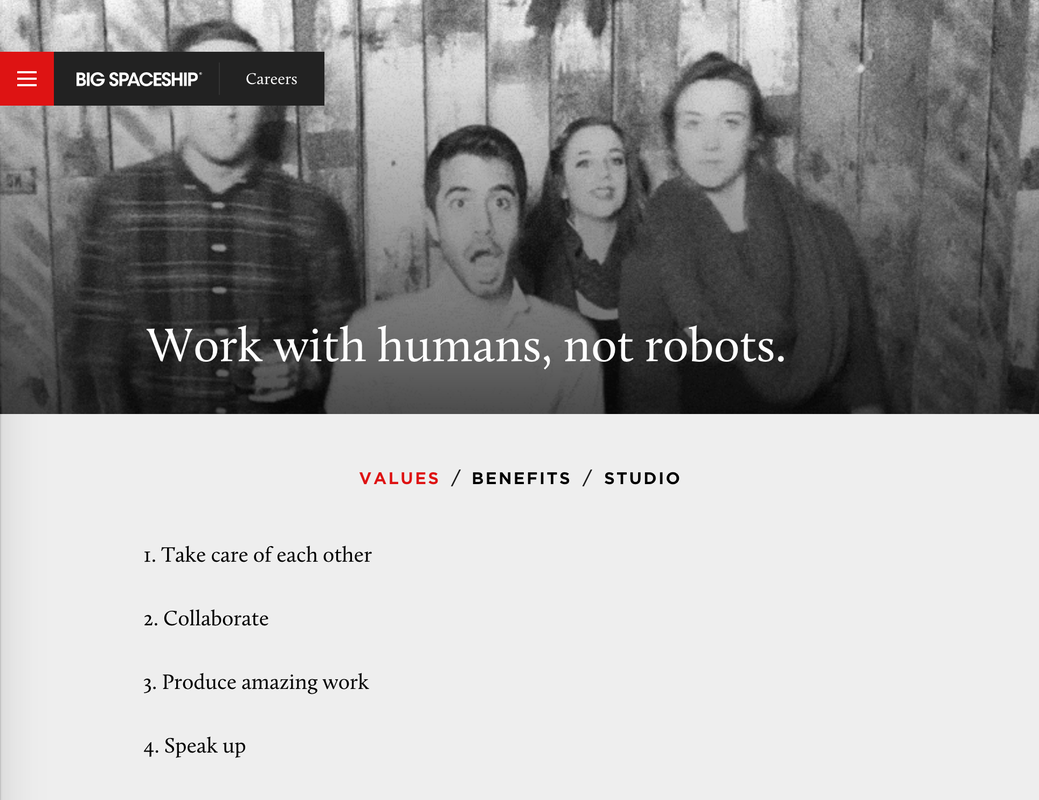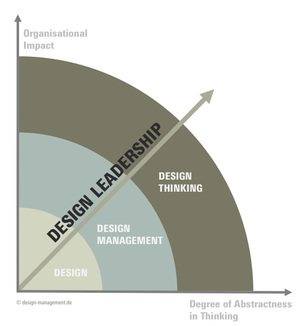"The creative process is a combination of understanding the user I am designing for with the multiple experiences I was exposed to."
| As I apply design thinking to business, I have to pay close attention to what type of information I take in to help me with the creative process I go through when faced with a problem. However, with so much information surrounding us nowadays, how do you filter out just the right amount and quality of information that can benefit us I consider myself a creative person, so I have to pay close attention to what I take in, given that the quality of what I choose to absorb is closely tied to my creative process. This process is a combination of understanding the user I am designing for with the multiple experiences I was exposed to. That means that by taking in stimuli that are relevant, challenging, and diverse, I am more adept to see things differently, which ultimately translates into new perspectives, resulting in more thought-provoking, creative ideas. Just like the computer term "garbage in, garbage out:" people are the same way. |
Now stop for a second and think about the creative field. Creatives are usually pressured to output the most value per unit of time, and this can become overwhelming if they are not inputting the most valuable information and activities. Though it seems unreasonable at first, the solution to best manage time and filter valuable information isn’t to completely remove certain information and activities from one’s day, but to add ones that enhance the creative activities they are already involved on. Adding new valuable activities that stimulate a creative’s mind will help them be more effective in their creative work. Yes, cutting out activities low in value or that only require processing power is a good start, but adding valuable activities is the best way to look at problems differently.
Ultimately, being a creative is no easy task, so having checkpoints to help me understand what I am taking in and how I am spending my time will ultimately help me become not only a better creative, but a better person in general. And not to be forgotten: choosing to approach my life systematically and with discipline will only yield greatness. Getting out of my comfort zone and stepping into the wilderness of my surroundings so my mind is constantly challenged is the best way to focus on what I love to do most, which is to spread to the world the creative greatness that exponentially grows inside of me.
P.S: If you are wondering what type of valuable activities you could engage in to help you output a better creative outcome, be sure to check out the Washington Post’s article on “Spacing Out" or Greatist’s article on “Ways to Boost Creativity".
Ultimately, being a creative is no easy task, so having checkpoints to help me understand what I am taking in and how I am spending my time will ultimately help me become not only a better creative, but a better person in general. And not to be forgotten: choosing to approach my life systematically and with discipline will only yield greatness. Getting out of my comfort zone and stepping into the wilderness of my surroundings so my mind is constantly challenged is the best way to focus on what I love to do most, which is to spread to the world the creative greatness that exponentially grows inside of me.
P.S: If you are wondering what type of valuable activities you could engage in to help you output a better creative outcome, be sure to check out the Washington Post’s article on “Spacing Out" or Greatist’s article on “Ways to Boost Creativity".




 RSS Feed
RSS Feed
